FS Colour Series: Moonflower inspired by Pieter Bruegel’s Sharp Light
Ice cold and shot through with mint, the sharp blue of MOONFLOWER linen played a vital role in Pieter Bruegel the Elder’s paintings, bringing fresh light into his rippling water and wide open skies. A leading painter of the Dutch Renaissance, Breugel pioneered a new brand of genre painting that was larger and more imaginative than ever before, combining Biblical subjects with elements of mythology and everyday life. But colour was the driving force in his work, allowing him to create luminescent scenes that glisten with fresh light.
Breugel had a relatively short life, dying in his 40s, but in his lifetime he still became one of the greatest painters of the Northern Renaissance. Not much is known about his early years, but it is thought he was born in Breda in the Netherlands in around 1525 as Peeter Brueghel, a name he would later change at the advent of his painting career. Breugel began his art career in an apprenticeship with Flemish painter Pieter Coecke van Aelst, before relocating to Antwerp, where he joined the painters’ association, the Guild of St. Luke.
A trip to Italy and the Swiss Alps in the 1550s inspired in him a love of landscape, as the fall of light across wide open vistas and rocky, undulating mountains would become the most distinctive feature of his work. Breugel spent his early career producing engravings for Dutch artist Hieronymus Cock and came to painting later, in around 1557. The fascinatingly complex Children’s Games, 1560, is an early example of his painting, illustrating over two hundred children playing eighty different games amidst a small town centre. One of the least understood paintings in the history of art, its meaning remains cloaked in ambiguity, but Breugel’s technical mastery in capturing colour and light is undisputed, as a golden brown backdrop is peppered with patches of earthy red, biscuit brown and turquoise blue. In the far distance a sheath of pale blue light draws our eye towards a flowing passage of water, suggesting space that continues far beyond the edges of the canvas.
The naval seascape View of the Bay of Naples, 1563 was made three years later, capturing battleships seen from above as they forge across a molten green sea, whose murky depths carry ominous threat. Yellowing sails bend in the turbulent wind while far off in the distance a mountain catches the light with an electrifying pale turquoise, a symbol of endurance and hope.
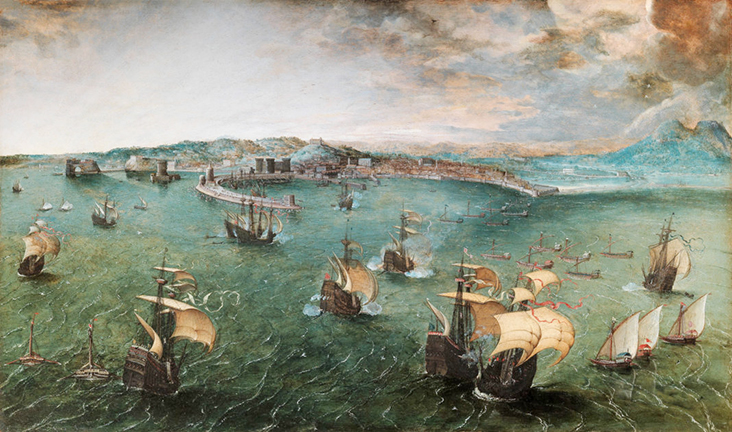
View of the Bay of Naples / Pieter Bruegel / 1563 / Rome, Galleria Doria Pamphilj, Rome, Galleria Doria Pamphilj
Landscape with the Flight into Egypt, 1563 is typical of Breugel’s better known, fantastical scenes, as a complex, multi-layered foreground leads us slowly from dark, angry rocks towards shimmering, pale blue water that winds into the distance. Unusually for Breugel, the tiny figures in the foreground are Mary, in red ochre, and Joseph, in brown, travelling a treacherous journey across a steep cliff edge into the unknown.
But perhaps the most famous of all Breugel’s works are his imaginary reconstructions of Babel, a Biblical construct that has fascinated artists and writers for centuries. He made three paintings titled The Tower of Babel between 1563 and 1565, but only two, which are remarkably similar, survived the test of time. The smaller one of the pair, often prefixed with the word ‘small’, is all the more vibrant and luminous, capturing the Biblical tower as a fiery inferno of golden light that reaches above the clouds and towards heaven. Hovering white clouds fall into shadowy patches of paradise blue, a colour reflected in the iridescent, still water below, bringing heaven just a touch closer to the earth.







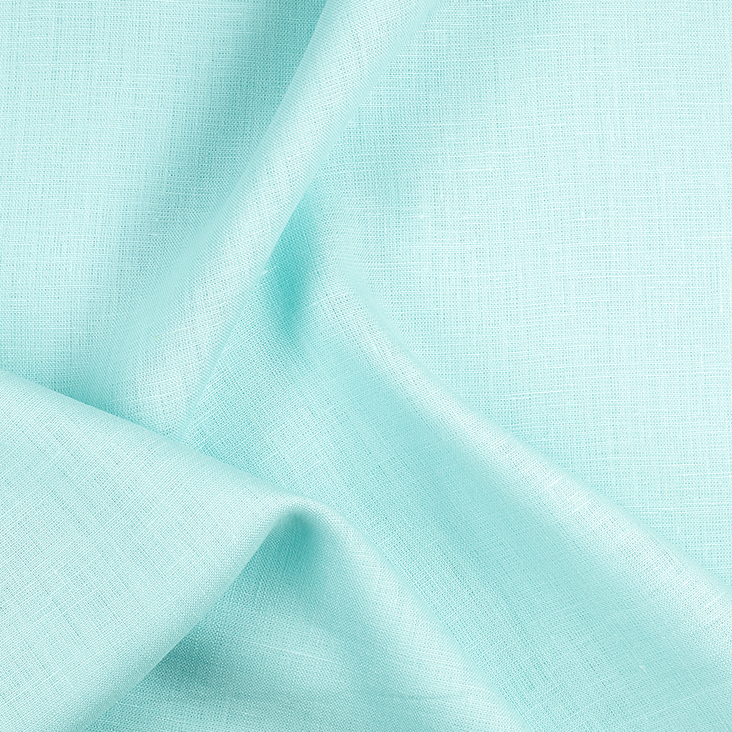
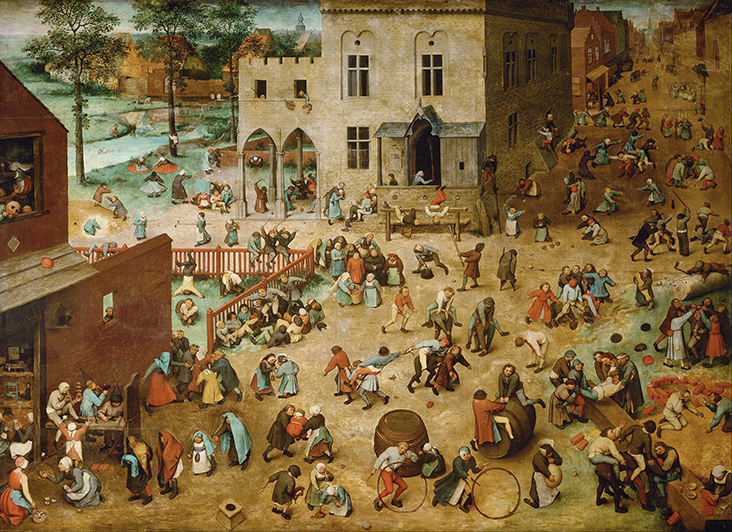
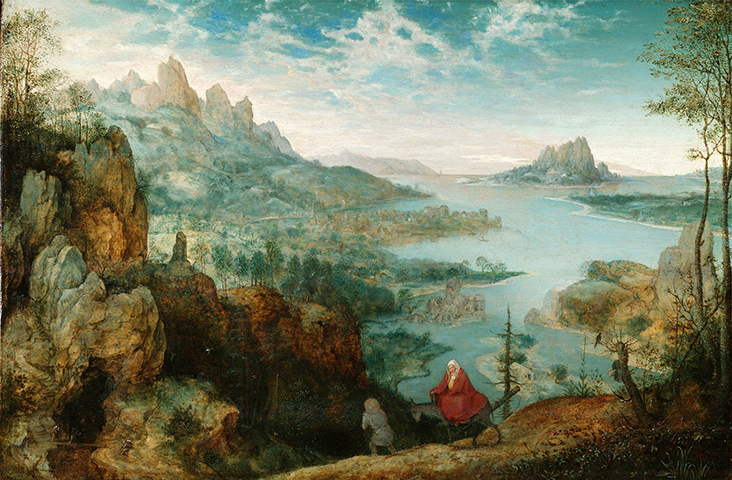
















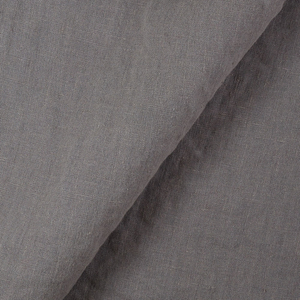


























2 Comments
Vicki Lang
Moonflower is such a wonderful color and the pops of it in Pieter Bruegel’s paintings bring them to life.
Sherry Berbit
Thank you for these posts which I have come to anticipate as they rekindle my love of art. With the diversity of your topics I so enjoy these “ little art lessons”, which always leave me wanting for more. I have pulled out my old coffee table art books, I search the Internet, I spend some of my sewing time just floating off in my head, thinking about much of what you have reminded me that I love. AND to connect it to my passion for fabric!! I can not resist- I need to see and feel moonflower, and to drape myself in something that brings Breugel’s light to life.